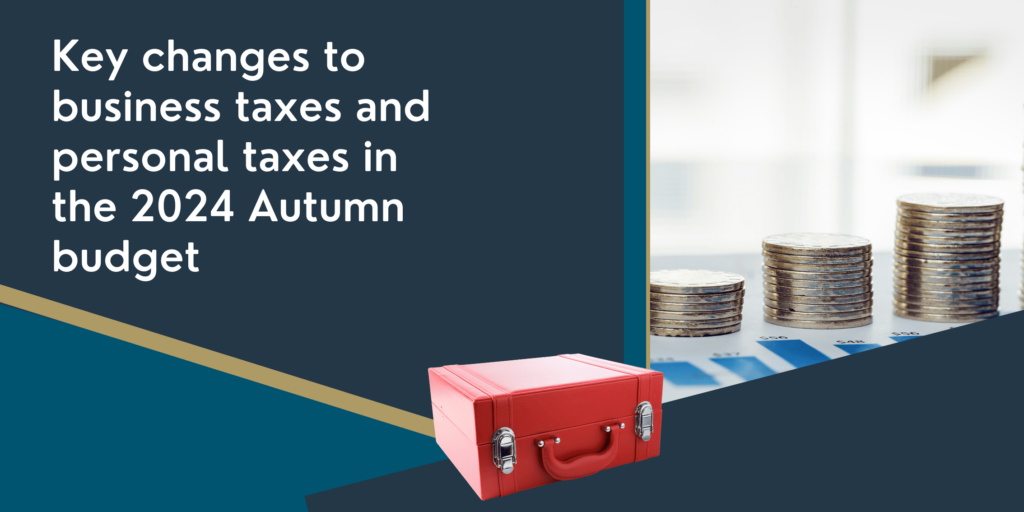Capital Gains Tax Planning

With the end of the tax year fast approaching, now is a good time to review the various aspects of your business and personal finances. Part of this review might include looking at your capital gains tax position.
To start with, have you utilised your capital gains tax annual exemption this year? Each year everyone gets an annual exemption against capital gains, in addition to their income tax personal allowance. In the 2015/2016 tax year the exemption is £11,100.
If the annual exemption is not used, it can’t be carried forward therefore you might want to consider triggering gains equal to this amount to utilise the exemption. If this involves selling shares you need to be aware of the rules relating to this and specifically the rules relating to buying back the same shares you have just sold within 30 days (bed and breakfasting).
Husbands and wives should also consider whether there is any scope to transfer assets to each other prior to a sale in order to utilise each person’s annual exemption. Such transfers are treated as giving rise to neither a gain nor a loss to the person transferring it.
A further planning point will arise if you have already made capital losses in the year. You could decide to trigger gains to utilise these losses in this year. Any losses which are not utilised will be carried forward to offset against future gains. However, the losses must be used against the first available gains, you can’t choose to ‘skip’ a tax year.
Why is this important? Well, ordinarily capital gains are taxed at either 18% for basic rate taxpayers or 28% for higher rate taxpayers. Therefore, capital losses brought forward will save tax at either 18% or 28%. However, if a gain is made in the year which qualifies for entrepreneurs relief this gain will be assessable at 10%. If you have losses brought forward, these will save tax at just 10%.
If these are likely to be the only gains that will ever be made, then using losses in this way is worthwhile, however, if it is likely that gains will be made in the future which will be subject to tax at 28%, ideally it would be better to ‘preserve’ losses by selling assets giving rise to them in the same tax year.
We can of course assist you with this planning, so if you would like to discuss this with someone, please contact your local Perrys branch.
Article written by Simon Hayden







